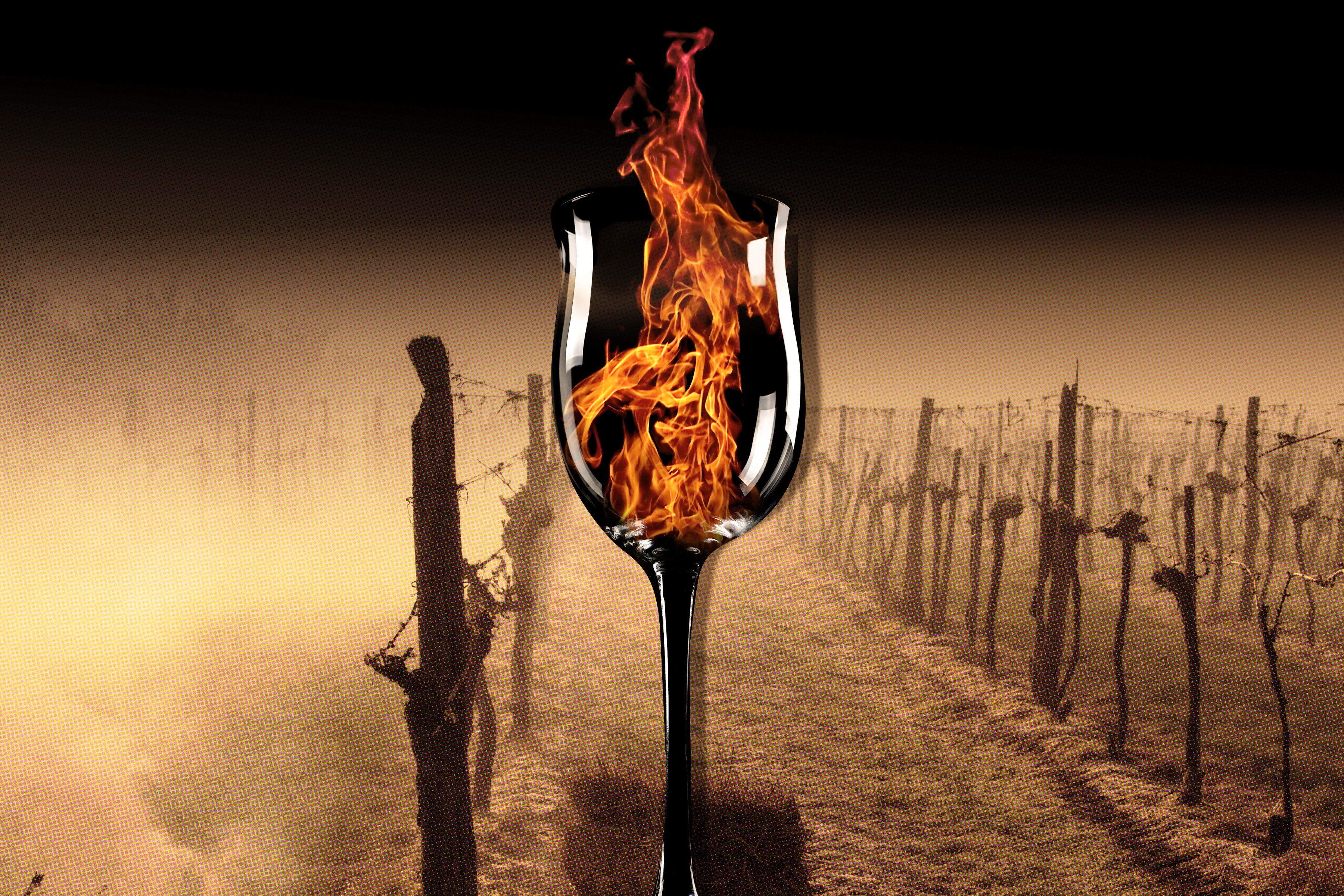Chateau Ste. Michelle Remains Washington’s Indispensable Winery

Image: Pete Ryan
At the time, the idea was revolutionary: that Washington wine could be made from the same grape varieties, like cabernet sauvignon, chardonnay, or Riesling, that powered Europe’s best bottles.
The company we now know as Chateau Ste. Michelle was founded in 1967 on the audacious premise of using what the industry calls vinifera grapes, common in the Old World. It might seem to have been preordained now, but back then nearly all the wineries in Washington focused on fruit or fortified wine.
For more than 55 years since, Ste. Michelle has been Washington wine’s shining house on the hill. Hundreds of thousands of people throng to its stately grounds in Woodinville each year to sip wines or sit on the perfectly manicured lawn to take in a summer concert. Better still, the operation made—and makes—good wine. Its list of accolades is long and well deserved.
Recently, though, Washington’s founding winery has struggled. The first sign of serious trouble came in 2020, when Ste. Michelle’s parent company announced nearly $400 million in losses in what was termed a “strategic reset.” One CEO left, then another. Suddenly a company that prided itself on the longevity of its employees had almost as many CEOs in the last five years as it had in its first 50. Ste. Michelle’s potential sale from its parent company, the tobacco giant Altria, had been rumored for years. Still, it came as a seismic shock when a private equity firm called Sycamore Partners purchased the winery in 2021 for $1.2 billion. Cash.
Since then, grape growers, winemakers, and drinkers have monitored the Chateau, as locals call it, curious to see what happens next. These may be uncertain times, but the winery remains as essential as ever—to the region, and to the Washington wine ecosystem that it created.
“Very simply, the industry in its current form would not exist without Ste. Michelle,” says Bob Betz, who spent 28 years working at the company before moving on to focus fully on his well-regarded Betz Family Winery.
His sentiment isn’t hyperbole. Washington is home to nearly 1,100 wineries and is the second-largest wine-producing state in the country. Neither of those staggering facts would be the case without Ste. Michelle.
Ste. Michelle can trace its roots back 90 years, to a pair of wine companies started in the wake of Prohibition. A merger and a few decades later, the organization launched what was then called Ste. Michelle Vineyards.
As America marked its bicentennial, Ste. Michelle relocated from Seattle to a sprawling estate in Woodinville. (Just two years earlier, US Tobacco had purchased the winery, which explains how it ended up the property of Altria years later.) In its new, more bucolic environs, the company built the eponymous chateau and robed itself in the French-sounding moniker Chateau Ste. Michelle. Almost overnight, Washington’s wine tourism industry was born.
“The winery itself, the physical structure, was in the news,” recalls Betz. “Almost out of the chute, we were jammed every day.”
In the ensuing years, other wineries opened in Woodinville to be close to Ste. Michelle, first as a trickle, then as a geyser. Today, Woodinville is home to an astonishing 120 wineries and tasting rooms, representing more than one-tenth of the wineries in the state.
As Ste. Michelle grew, it started new brands like Columbia Crest and 14 Hands. The company purchased West Coast wineries that Ted Baseler, president and CEO from 2001 to 2018, referred to as a “string of pearls.” Suddenly, Ste. Michelle became one of the country’s largest wineries.
This pace continued for years. The amount of planted grape acreage in Washington soared. Each harvest seemed to set a new record for an ascendant industry led by its biggest cheerleader. It felt like it would last forever. Until it didn’t.
Since Sycamore took over, Ste. Michelle has made investments—including acquiring two wineries in Oregon’s Willamette Valley—and divestments, selling its interests in a prized Napa Valley estate. There have been layoffs and attrition. Most recently, the company sent a shock wave through the industry saying it would dramatically decrease its wine production.
“We’re going to continue to be very committed to Washington, but what that looks like in the next 10 years is probably different from what it’s looked like in the last 10 years,” says Toby Whitmoyer, president for the Washington portfolio at Ste. Michelle. “We’ve got to move with the times and move with the consumer.”
For all its recent struggles, though, Ste. Michelle remains crucial to the broader Washington wine industry. For decades, state assessments on its grape harvests and wine production have provided the majority of marketing dollars for Washington wine. A smaller budget means other wineries must do more work to get their bottles in front of the drinking public. State assessments also fund local research, giving us grape-growing and winemaking knowledge that’s specific to Washington’s terroir and climate, rather than borrowed from places like California. Countless state growers and winemakers trained at the mother ship before starting their own endeavors. Ste. Michelle and the state’s smaller wineries have a symbiotic relationship. Each one’s success helps the other.
More important, there is no other single local winery to grab the mantle. Ste. Michelle has played midwife to a thousand-plus wineries, but none has grown big enough to do what it does. The industry needs Ste. Michelle to succeed to grow the category of Washington wine. But there’s work to do—like correcting that oversupply of grapes and reminding seltzer-loving Gen Z drinkers of the joys of wine. Sales of lower-priced wine have dipped, and it’s hard to determine exactly why. Both Ste. Michelle and the Washington wine industry have some evolving to do.




